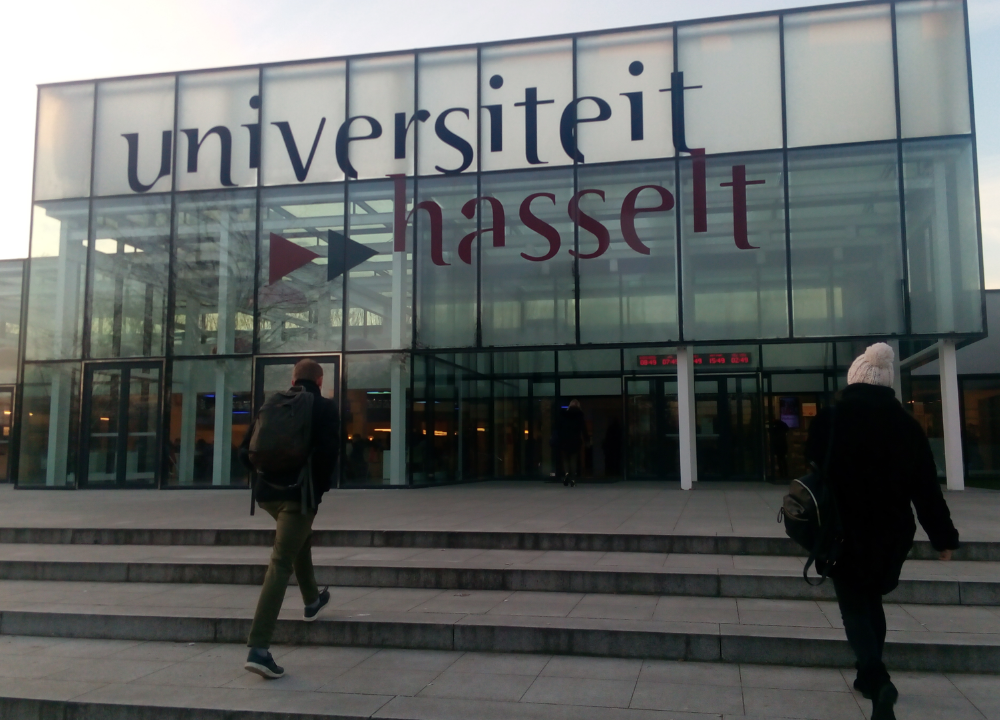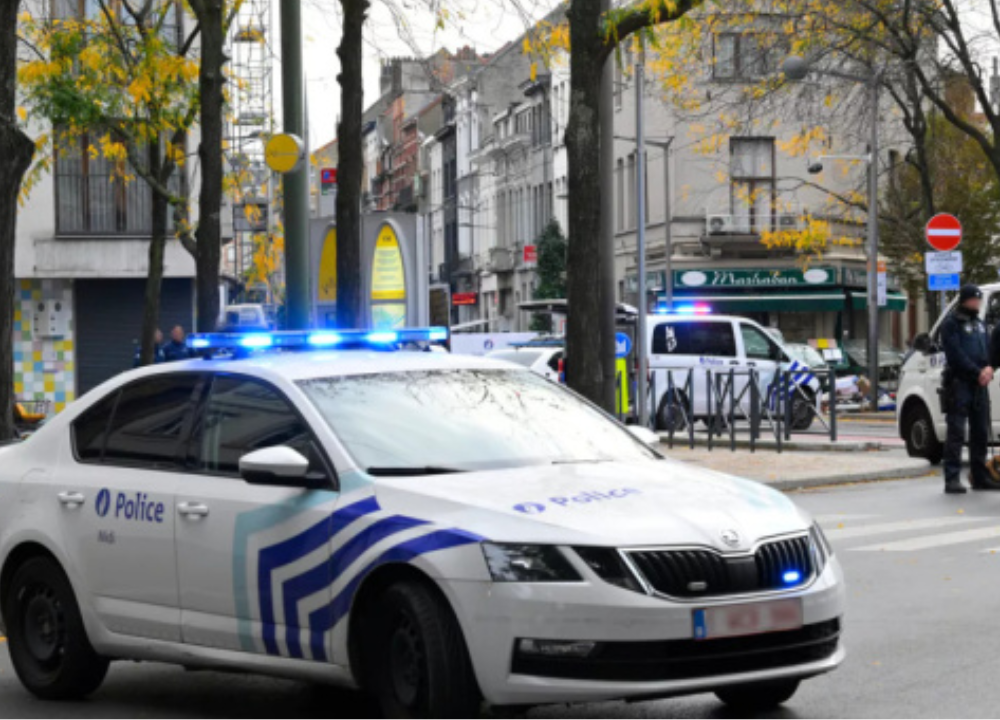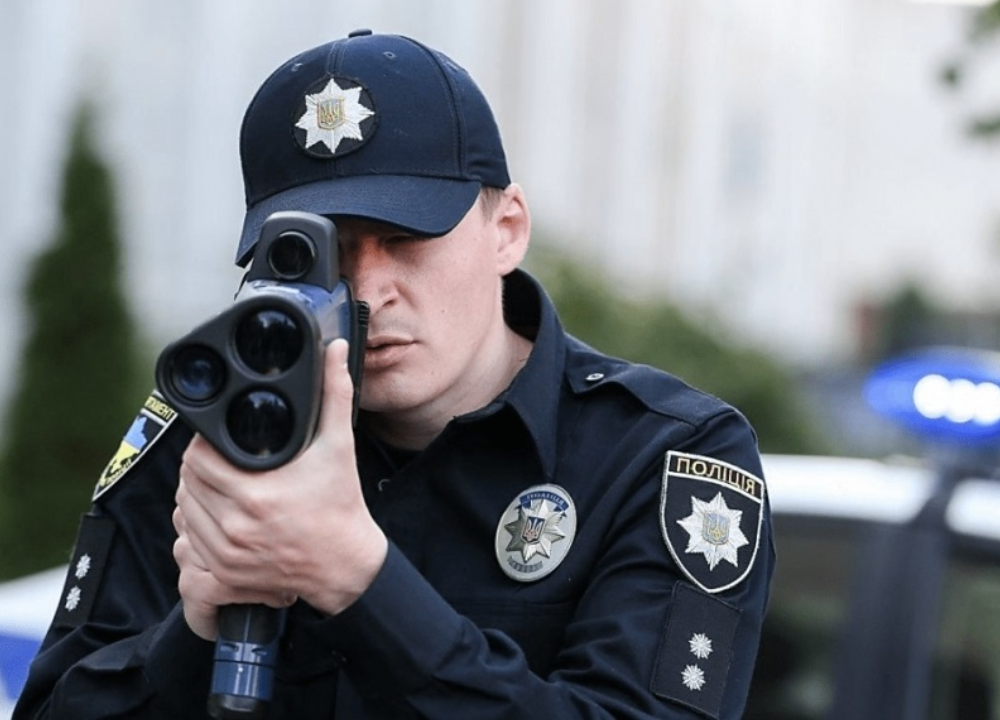
Hasselt University (Belgium, http://www.uhasselt.be/en ) has a "School of Transport Sciences". Its students study, among other subjects, road safety. We visited one of the lectures, talked with the professor and students, took photos. And also made a lecture summary in Ukrainian so that you can feel like you are at a healthy university in a healthy country for at least 10 minutes!
The main entrance to the building where they study transport[/caption] University of Hasselt, course Road Safety Evaluation: Methods and Applications (3145) Lecture "Assessment of problems in the field of road safety in different dimensions", 06.12.2016 Lecturer: Dr. Stijn Daniels, abstract: Viktor Zagreba. What is a "road safety problem (road safety)"? This is any factor that increases the likelihood and severity of the consequences of accidents (accidents). For example, not using seat belts, exceeding the established speed limit, driving under the influence of alcohol, distraction while driving, etc. An objective analysis of road safety aims to identify the problems that make the greatest contribution to road accidents and are subject to influence. For example, driving at night or in the rain increases the risks and consequences of road accidents, but is not very subject to influence. Although it is partially subject to influence - for example, in the Netherlands almost all motorways are lit, and modern cars have more effective systems to assist in driving in slippery road conditions. Other problems are affected much more. According to Elvik (2008), there are nine dimensions of MDD problems:
- Magnitude (magnitude, importance) - population attributable risk (PAR) - the proportion of people in traffic who are "exposed" to this particular risk, that is, who may be affected.
- Severity – what consequences does this problem lead to? Measured by fatalities, serious and minor injuries.
- Externality – an activity of a certain actor that affects the well-being of another actor, when the actor creating this flow does not take this into account in making decisions about this activity. In road safety, these are risks that a group of road users creates for another group. For example, the externality of a road accident involving trucks is much greater than that of a road accident involving bicycles. (Vehicle categorization in road safety research and statistics in Belgium: heavy vehicles, light vehicles, motorcycles, mopeds, bicycles, pedestrians)
- Inequity – differences in risks between different groups of road users based on social, economic, geographical, gender, age, etc. characteristics
- Complexity – whether a particular problem can be attributed to just one risk factor, or to a multiplicity of factors, each of which makes a small contribution and interacts with each other in a way that is difficult to explain and measure
- Spatial dispersion – some problems are common across parts of the road network. This is detected by network screening, which locates locations or segments where the highest expected number of road accidents with casualties is expected.
- Temporal stability – a problem is more important when it increases than when it decreases. For example, in Belgium, the problem of distracted driving is increasing.
- Perceived urgency – One risk in the field of BDR can be that the problem is not perceived by users as a problem. In this case, the problem may be less amenable to solution than, for example, when it is perceived by everyone as an important problem that requires stronger intervention measures.
- Amenability to treatment – the availability and prospects of success of possible measures that will solve the problem or mitigate its magnitude. This is influenced by public perception and the cost of investment. For example, the problem of speed is less amenable to treatment than the problem of drink-driving and the problem of visibility of pedestrians and cyclists at night.
Limitations in analyzing BDR problems by measurement:
- Some problems are difficult to observe and measure (such as distraction, falling asleep at the wheel)
- Distorted and incomplete data on road accidents. Road accident statistics are always incomplete (some accidents are not reported to the police) and are often distorted.
- Choosing the right level of analysis – for the country level, it is possible to measure problems across all 9 dimensions, but for a region or city, this is more difficult due to lack of data and small sample sizes.
- There is a correlation between MDD problems – there is an association between, for example, alcohol consumption and speeding. But it is difficult to measure the degree of influence of one on the other.
Summary Previously, the so-called PHOG Approach (prejudice – hunch – opinion – guesswork) was popular in the field of road safety. This approach should be avoided. It has been replaced by rational scientific analysis, which is what this course teaches. Understanding of road safety problems has improved significantly over the past decades and now includes the following fundamental points :
- There is no "magic pill" that will solve everything. Problems are complex, the factors are always numerous, .
- The concepts of "cause" and "fault" are not useful for road safety management. They are useful for law enforcement and insurance companies, but not for analyzing and impacting traffic safety.
- It is important to analyze and reduce the consequences, not just the facts of accidents. For example, cars are becoming better at protecting people involved in accidents.
- Exposure (i.e., the risk of getting into an accident) is an important indicator, no less important than accident data.
- Statistical analysis is an important tool for understanding causes and making informed decisions.
- Research results can be counterintuitive, which is why they are useful.
- Evaluation is critical. There should be ongoing scientific evaluation of all interventions, including regulations, road design, policing tactics, etc.
- Rational prioritization. The state's resources are always limited, so priorities must be set based on scientific analysis.
Notes:
- The main source for this lecture is Dimensions of road safety problems and their measurement (Elvik, 2008).
- Each point is illustrated with examples from Belgium, Norway and other countries, as well as examples and questions from the audience.
- Statistics on drunk driving in Belgium (from slides shown at the lecture): on weekdays during the day 1% of drivers drive under the influence of alcohol, during the dark hours on weekdays 6.4% of drivers have an alcohol content up to the established limit, and 2.3% - above the limit). During the dark hours on weekends 8.7% of drivers have an alcohol content up to the limit, and 2.9% - above the limit. Methodology: random breath control by the police.
- The social consequences of road accidents in the EU are quite high (around 40,000 deaths per year), but the individual risk in the EU and in Belgium in particular is actually very low. For example, in 2014 there were 727 deaths, while cars travelled around 150 billion kilometres on Belgian roads that year, meaning a fatality rate of around 1 case per 200 million car kilometres.
- The course is taught in English, there are many international students. The cost of studying for a master's degree in transport sciences is 1200 euros per year, this amount includes health insurance and does not include housing, books, etc.
***










